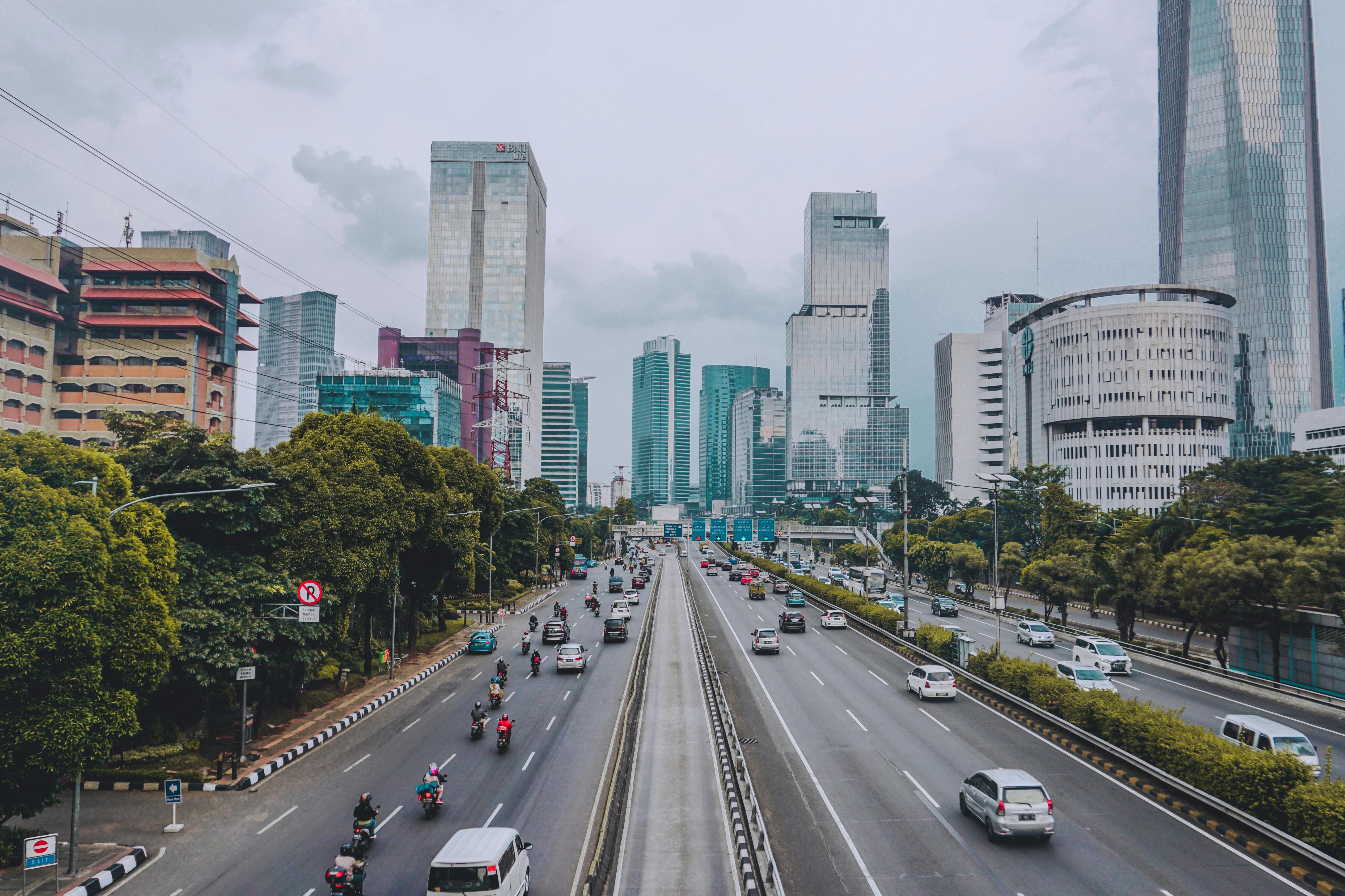Your Ultimate Guide to 2nd Chance Motorcycle Financing
Getting denied for a motorcycle loan can be discouraging—but it doesn’t mean the end of your riding dreams. 2nd chance motorcycle financing offers a practical and empowering path for individuals with poor or no credit to secure a motorcycle loan. In this detailed guide, you’ll learn how second chance financing works, the steps to get approved, and how to make it work to your long-term financial advantage.

Understanding the Fundamentals
2nd chance motorcycle financing is designed for individuals who’ve been denied traditional loans due to bad credit or financial hardship. These loan options prioritize opportunity over past mistakes, providing a fresh financial start. Over the years, lenders have expanded these programs due to growing demand and the understanding that many people hit financial bumps beyond their control.
Understanding the basic principles behind second chance motorcycle loans helps you make more informed decisions. Think of it like learning to ride a bike—knowing how the parts work gives you more control when you’re out on the road.
1.1 Credit and Lending Criteria
Traditional motorcycle financing heavily weighs credit scores, income levels, and past loan history. In contrast, 2nd chance motorcycle financing uses flexible benchmarks. For example, lenders might consider your job stability or current debt-to-income ratio instead of just your FICO score.
According to Experian, nearly 30% of Americans have a credit score below 600. 2nd chance lenders recognize this and adapt to serve a broader segment of potential riders.
1.2 Importance of Down Payments
Unlike zero-down financing programs, 2nd chance loans usually require a down payment. This reduces the lender’s risk and shows your commitment. Compared to leasing or renting a bike, this approach builds equity and trust.
Having even 10% of the bike’s value ready upfront can significantly boost your chances of loan approval.
Practical Implementation Guide
Now that we’ve laid the groundwork, let’s shift gears to the actual process. Getting approved for a 2nd chance motorcycle loan isn’t just about applying—it’s about preparing, presenting, and negotiating smartly. You can expect results within weeks if you follow a structured plan.

2.1 Actionable Steps
- Assess Your Credit Report: Get your free credit report from all three bureaus. Highlight any inaccuracies to dispute them before applying.
- Build a Budget: Know how much you can afford monthly, factoring in insurance, fuel, and maintenance costs.
- Choose Your Bike Strategically: Opt for a reliable used motorcycle to minimize upfront costs while maximizing approval odds.
2.2 Overcoming Challenges
Common obstacles include high interest rates, limited lender choices, and the temptation to overextend financially. Here’s how to manage them:
- High APR: Focus on short-term loans or refinance once your credit improves.
- Few Lender Options: Use online marketplaces that specialize in bad credit motorcycle financing.
- Financial Temptations: Stick to your budget even if offered a higher loan than requested.
Expert tip: Bring in a co-signer with a solid credit history if your application needs a boost.
Advanced Applications
Once you’ve successfully financed and paid off your motorcycle loan, you’ll unlock more advanced strategies. These techniques help improve credit, secure better financing for future vehicles, or even use your motorcycle loan as a business investment. Consider moving to this phase after 12-18 months of consistent payments.

3.1 Strategic Credit Building
Use your loan to build a positive payment history. Each on-time payment boosts your credit score, opening doors for more favorable rates. Case studies show that borrowers can increase their scores by 50–100 points within a year.
3.2 Leveraging Your Motorcycle
Motorcycles can become assets if used for delivery jobs, weekend rentals, or vlogging adventures. Ensure your financing agreement permits commercial use, and you may turn your bike into a side income generator.
Future Outlook
The second chance financing market is poised to grow. With more fintech startups entering the space, expect streamlined applications, AI-driven loan approvals, and broader acceptance of alternative credit data. Within the next 3–5 years, these innovations may make 2nd chance motorcycle loans more accessible than ever before.
To stay ahead, monitor industry changes, improve your credit continuously, and explore refinancing as better loan options emerge.
Conclusion
Second chance motorcycle financing is more than a loan—it’s a reset button. You’ve learned about credit-friendly lenders, actionable steps, and ways to grow beyond your first loan. This isn’t just about getting a bike—it’s about reclaiming financial freedom.
If you’re ready to take control of your journey, now is the time. Start with a realistic budget, prepare your documents, and ride confidently into your second chance.
Frequently Asked Questions
- Q: What is 2nd chance motorcycle financing? It’s a lending option for those with bad or no credit who want to buy a motorcycle. These loans use flexible criteria to approve applications.
- Q: How do I start applying for second chance motorcycle loans? Begin by checking your credit, setting a budget, and reaching out to lenders who specialize in poor credit financing.
- Q: How long does it take to get approved? Many lenders provide approval within 24–72 hours, but it may take 1–2 weeks depending on your documentation and the lender’s process.
- Q: What does it cost? Interest rates can range from 8% to 29% depending on credit score, loan term, and lender policy. Down payments of 10–20% are common.
- Q: Is this better than leasing or renting a bike? Yes, because it helps you build credit and gives you ownership, though leasing might have lower upfront costs.
- Q: Do I need any technical skills to apply? No technical skills are needed. Basic financial awareness and documentation preparation are sufficient.
- Q: Can businesses use second chance financing? Yes, small delivery companies or solo entrepreneurs often use these loans for fleet expansion or local logistics.
